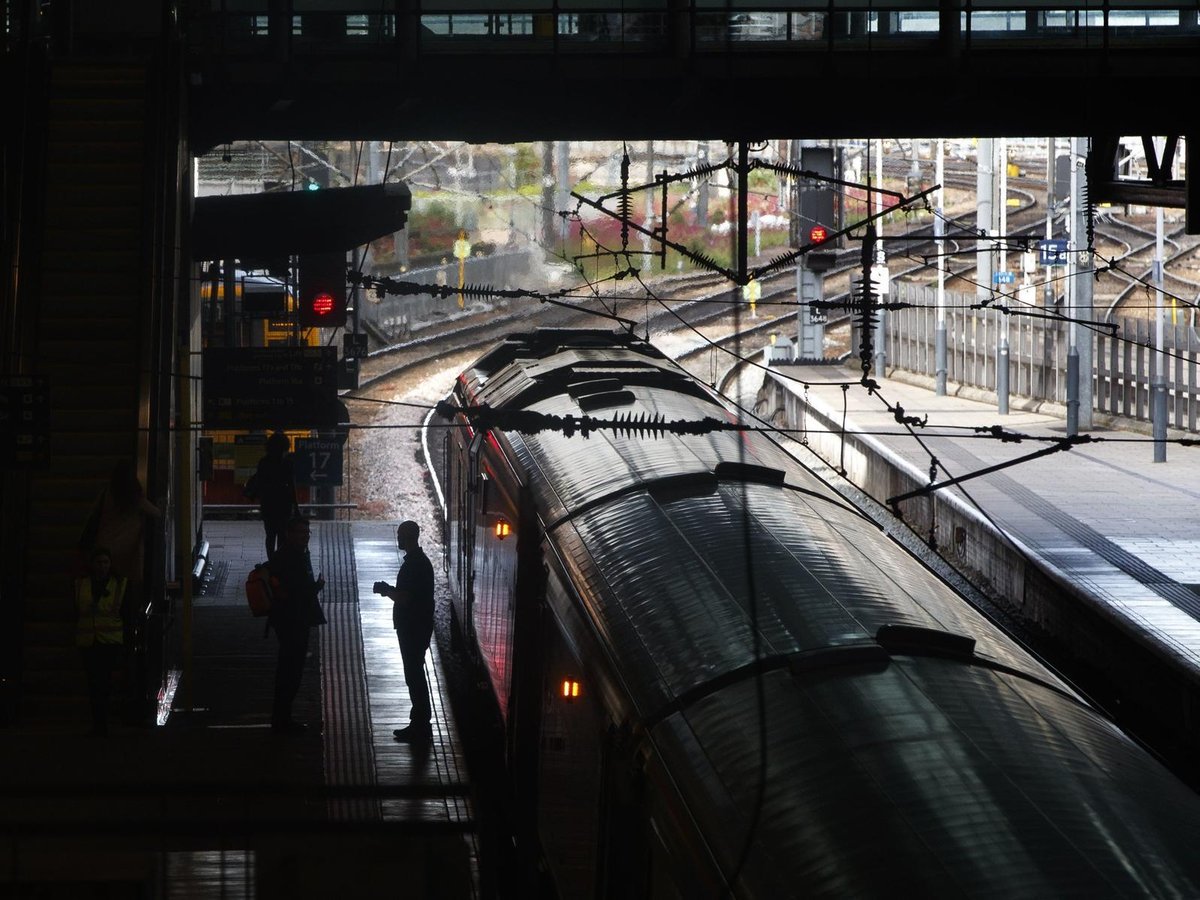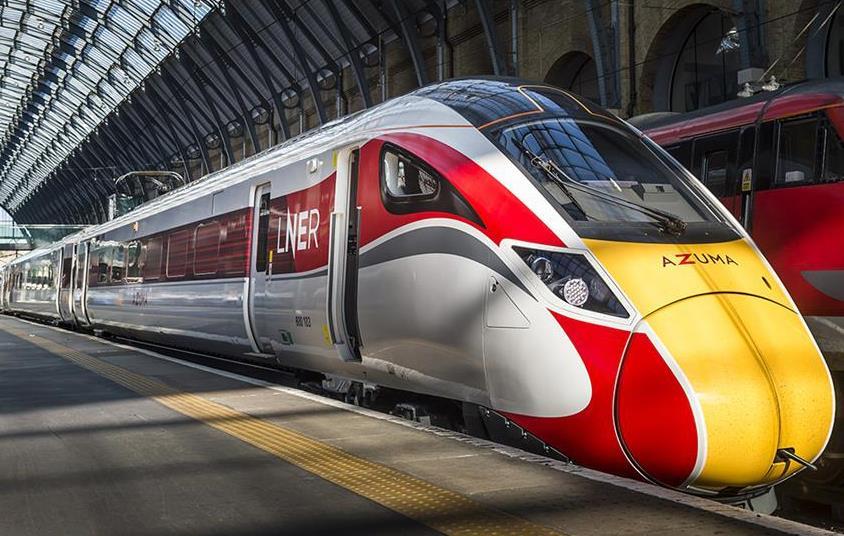Mintona
Established Member
I know there has been talk of this happening on various routes for a while, but this is the first I have seen from the government. A much needed boost for the railways at the moment, which will hopefully put a few minds at ease. I quite enjoy the Yorkshire Post’s use of ‘traffic lights’ for signals.
I presume this will be ETCS.

 www.yorkshirepost.co.uk
www.yorkshirepost.co.uk
I presume this will be ETCS.

The UK's first digital signalling system on a long-distance rail route will be installed on the East Coast Main Line
The UK's first digital signalling system on a long-distance rail route will be installed on the East Coast Main Line, the Department for Transport has announced.
The Government has approved £350 million of funding to start rolling out the technology on a 100-mile stretch of the line between London King's Cross and Lincolnshire.
It is hoped the upgrade to the line, which stops at Leeds, York, Wakefield and Doncaster, will cut thousands of hours of delays each year.
Much of Britain's rail signalling uses Victorian technology, with line-side traffic lights controlling trains.
Digital technology enables trains to run closer together, boosting frequency, speed and reliability.
It is already in use on the Thameslink network for trains passing through London Bridge, and on some London Underground lines.
Transport Secretary Grant Shapps said: "As the country recovers from Covid-19 we want to speed up our economy and reap the benefits of new transport technology.
"The Victorians gave us the world's first great rail network and now it's our turn to be modern transport pioneers and build on that great tradition.
"Upgrading this country's conventional signalling system, and giving drivers technology fit for the 21st century, will boost train performance, cut delays, improve safety and support the supply chain.
"This is just the beginning. In time, we will digitise signalling right across the country to make good on our promise of better reliability and punctuality for passengers.
"Passengers shouldn't have to worry about missing connections or being late home to see their children, and I've been clear that getting the trains to run on time is a personal priority."
The £350 million funding is on top of the Government's investment of £1.2 billion between 2014 and 2024 to improve journeys on the East Coast Main Line.
This includes creating capacity for up to 10,000 extra seats each day.
More than 80 million journeys are made each year on the East Coast Main Line, linking London with Edinburgh.
No date has been given for when digital signalling will be operational on the route.


